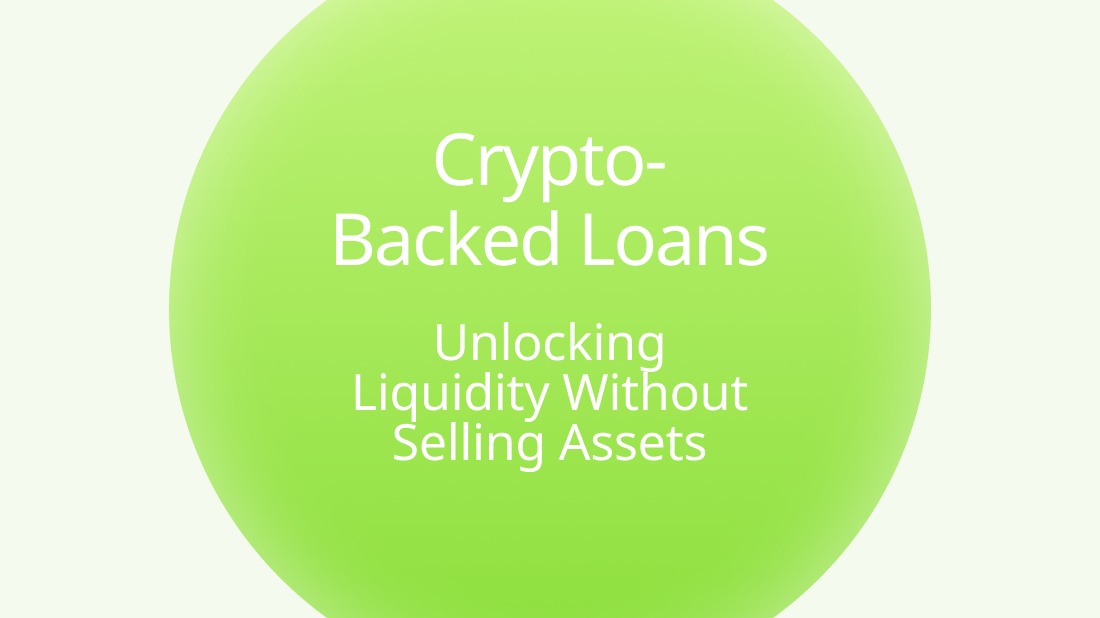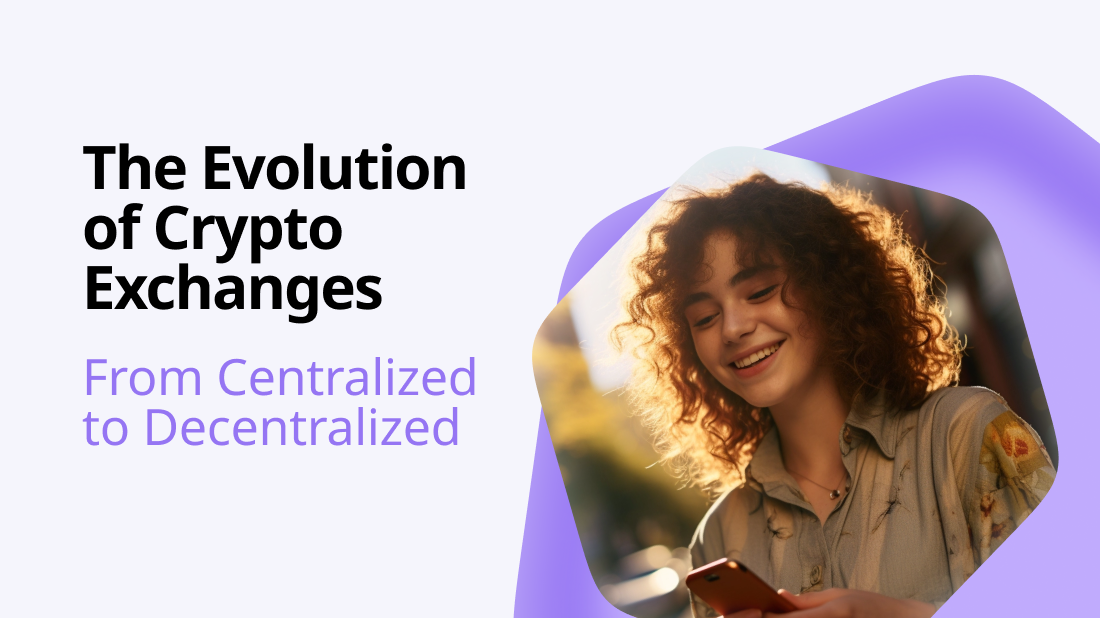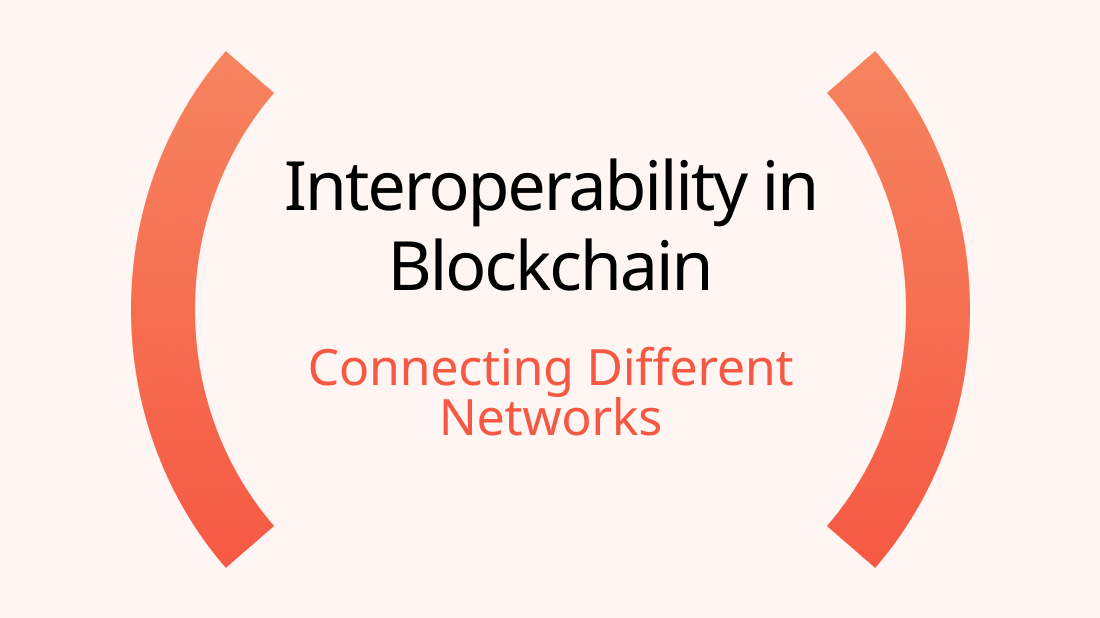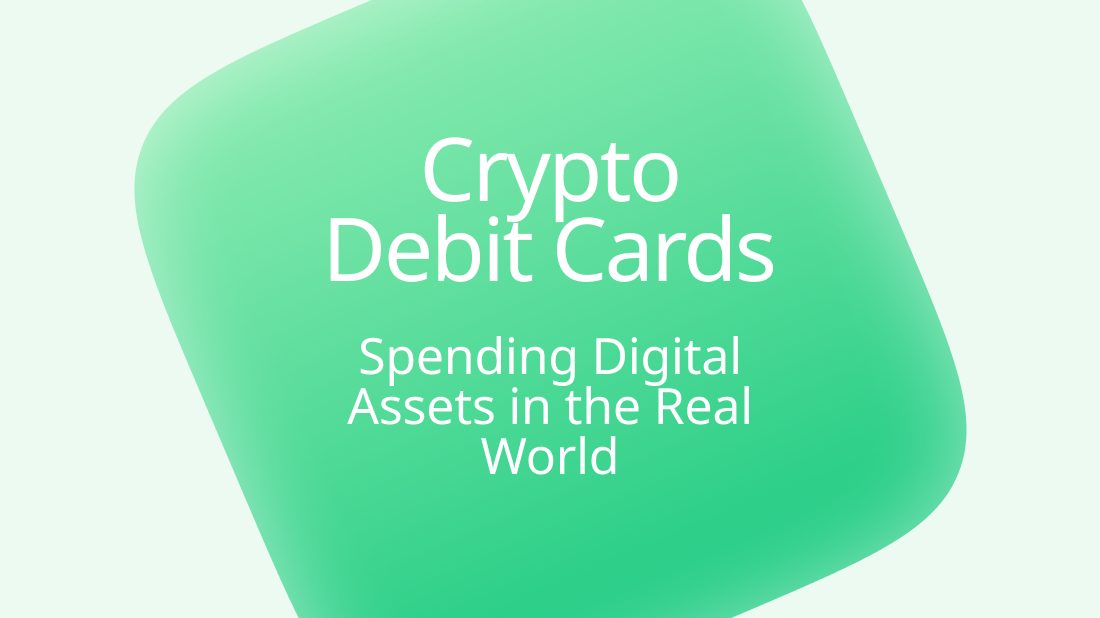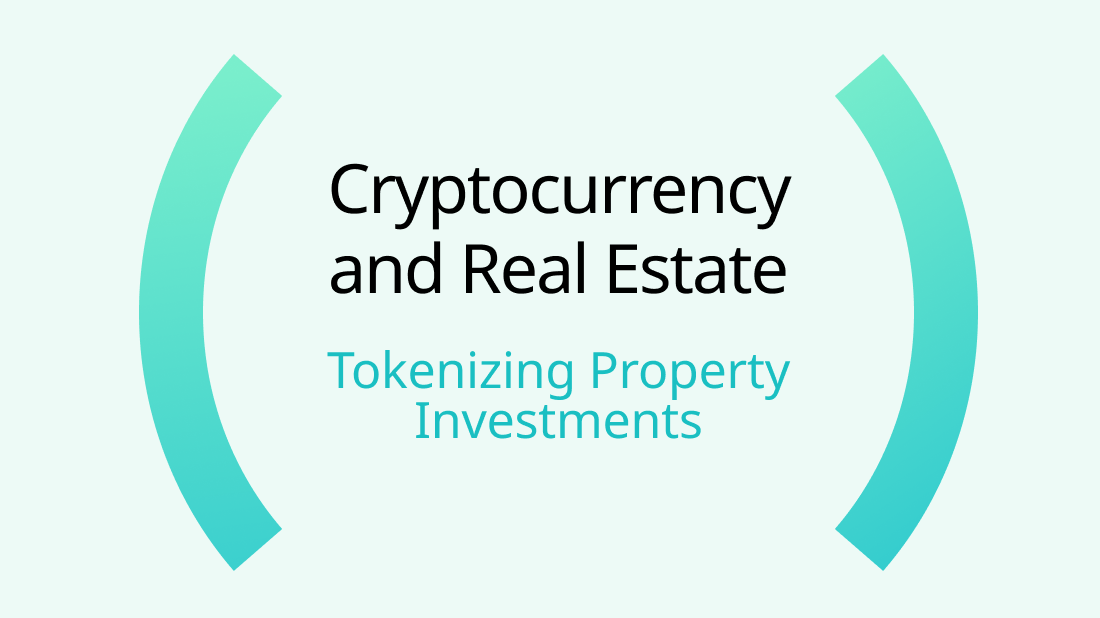Understanding the Metaverse: Digital Realities and Blockchain
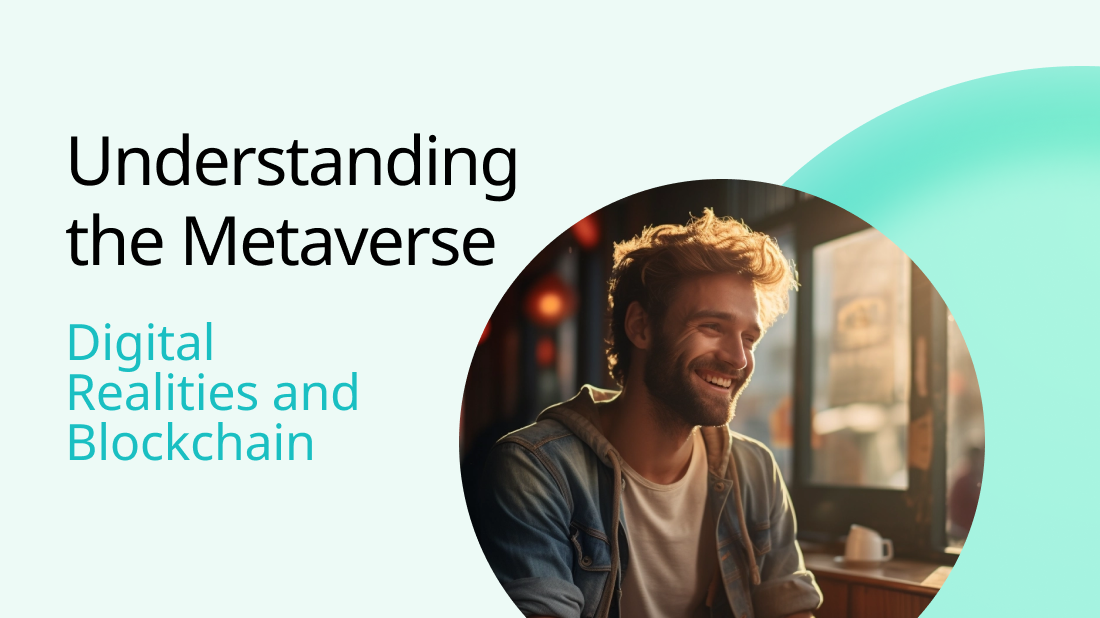
Imagine a world where the boundaries between physical and digital experiences blur, where you can interact with others in immersive environments, own virtual assets, and conduct commerce in entirely new ways. This is the promise of the metaverse, a concept that has been rapidly gaining attention as the next frontier in digital interaction and commerce. But what exactly is the metaverse, and how does blockchain technology play a pivotal role in its development?
In this article, we will explore the concept of the metaverse, its connection to blockchain technology, and the myriad opportunities it presents for digital realities and virtual worlds.
What Is the Metaverse?
The metaverse is a collective virtual shared space, created by the convergence of virtually enhanced physical reality and physically persistent virtual reality. It includes augmented reality, virtual reality, 3D virtual worlds, and other immersive digital environments. In essence, the metaverse represents a universe of interconnected digital realities, where users can interact with each other and the environment in real-time.
The term "metaverse" was first coined by author Neal Stephenson in his 1992 science fiction novel Snow Crash, where it described a virtual reality-based successor to the internet. Since then, the concept has evolved from fiction to a plausible future, driven by advances in technology and a growing interest in creating new forms of digital interaction.
The Role of Blockchain in the Metaverse
Blockchain technology is often hailed as the backbone of the metaverse. The decentralized, transparent, and secure nature of blockchain makes it an ideal infrastructure for creating and managing digital realities. Here’s how blockchain contributes to the metaverse:
1. Digital Ownership
In the metaverse, users can own digital assets such as virtual real estate, avatars, clothing, and other items. Blockchain enables true digital ownership by providing a decentralized ledger that records and verifies the ownership of these assets. Non-fungible tokens (NFTs) are a prime example of how blockchain is used to create unique, verifiable digital assets within the metaverse. NFTs can represent anything from virtual art to real estate in a virtual world, ensuring that the owner has proof of ownership that cannot be duplicated or tampered with.
2. Interoperability
One of the key challenges in creating a cohesive metaverse is ensuring that different virtual worlds and digital realities can interact with each other. Blockchain facilitates interoperability by providing a common, decentralized infrastructure that can be used across multiple platforms. For example, an NFT representing a virtual asset in one game or virtual world can be used or traded in another, thanks to blockchain’s ability to create a standardized, interoperable system.
3. Decentralized Governance
The metaverse is expected to be a decentralized ecosystem, where users have a say in how virtual worlds are governed and developed. Blockchain-based decentralized autonomous organizations (DAOs) can be used to manage these virtual environments, giving users the ability to vote on key decisions, propose changes, and participate in the governance of the digital worlds they inhabit. This decentralized governance model aligns with the principles of the metaverse, where power and control are distributed among users rather than concentrated in the hands of a few corporations.
4. Secure Transactions
Commerce is a fundamental aspect of the metaverse, where users will buy, sell, and trade digital goods and services. Blockchain provides a secure and transparent way to conduct transactions within the metaverse. Cryptocurrencies, such as Bitcoin and Ethereum, can be used as a medium of exchange in these digital realities, ensuring that transactions are secure, verifiable, and free from fraud. Smart contracts, powered by blockchain, can automate these transactions, making it easier for users to engage in commerce without the need for intermediaries.
Opportunities in the Metaverse
The metaverse presents a wide range of opportunities for digital interaction and commerce. As the concept evolves, we are likely to see new business models, revenue streams, and forms of entertainment emerge. Here are some key opportunities in the metaverse:
1. Virtual Real Estate
Just as in the physical world, real estate is a valuable asset in the metaverse. Virtual real estate platforms like Decentraland and The Sandbox allow users to buy, sell, and develop virtual land. These parcels of land can be used to create virtual storefronts, event spaces, or even entire communities. As the demand for virtual land increases, so does its value, making it a lucrative investment opportunity.
2. Digital Commerce
The metaverse offers new avenues for digital commerce, where businesses can sell virtual goods and services directly to consumers. Fashion brands, for example, are already experimenting with virtual clothing lines that users can purchase and wear in virtual worlds. The ability to create, market, and sell digital products in the metaverse opens up new revenue streams for businesses and creators alike.
3. Entertainment and Social Interaction
Entertainment in the metaverse goes beyond traditional gaming. Virtual concerts, art galleries, and social events are becoming increasingly popular, offering immersive experiences that cannot be replicated in the physical world. Social interaction in the metaverse also takes on new dimensions, with users able to interact with each other in real-time through avatars, voice chat, and other forms of digital communication. This creates a new level of connectivity and community-building that transcends geographical boundaries.
4. Education and Training
The metaverse has the potential to revolutionize education and training by providing immersive, interactive learning environments. Virtual classrooms, simulations, and training programs can offer students and professionals hands-on experience in a wide range of fields. For example, medical students could practice surgeries in a virtual environment, or engineers could test new designs in a digital reality before implementing them in the real world.
5. Advertising and Marketing
As more users spend time in the metaverse, it becomes an attractive platform for advertising and marketing. Brands can create immersive advertising experiences, such as virtual billboards, sponsored events, or branded virtual items, to reach their target audience in a new and engaging way. The metaverse also offers the ability to collect data on user behavior, preferences, and interactions, providing valuable insights for marketers.
Challenges and Considerations
While the metaverse holds immense potential, it also presents challenges and considerations that need to be addressed.
1. Privacy and Security
With users spending more time in digital realities, privacy and security become critical concerns. Blockchain can help protect user data and ensure secure transactions, but the decentralized nature of the metaverse also requires robust measures to prevent hacking, identity theft, and other cyber threats.
2. Digital Identity
In the metaverse, users create and interact through digital avatars. Managing digital identity in a way that is secure, consistent, and verifiable across multiple platforms is a significant challenge. Blockchain-based identity solutions could provide a way to create and manage digital identities that are portable, secure, and trusted.
3. Regulation and Legal Issues
As the metaverse becomes more integrated into our daily lives, questions around regulation and legal frameworks will arise. Issues such as intellectual property rights, taxation, and digital asset ownership will need to be addressed to ensure a fair and transparent digital ecosystem.
Conclusion
The metaverse represents a bold new frontier in digital realities, where blockchain technology plays a crucial role in enabling secure, decentralized, and interoperable virtual worlds. From digital ownership and commerce to entertainment and education, the metaverse offers endless possibilities for innovation and interaction. However, as we venture deeper into this digital universe, it’s essential to consider the challenges and implications of creating a cohesive, secure, and inclusive metaverse.
As the metaverse continues to evolve, it will undoubtedly reshape the way we interact with digital realities, offering new opportunities for businesses, creators, and users alike. Whether it’s through virtual real estate, immersive social experiences, or decentralized governance, the metaverse is poised to become a significant part of our digital future, with blockchain at its core.


